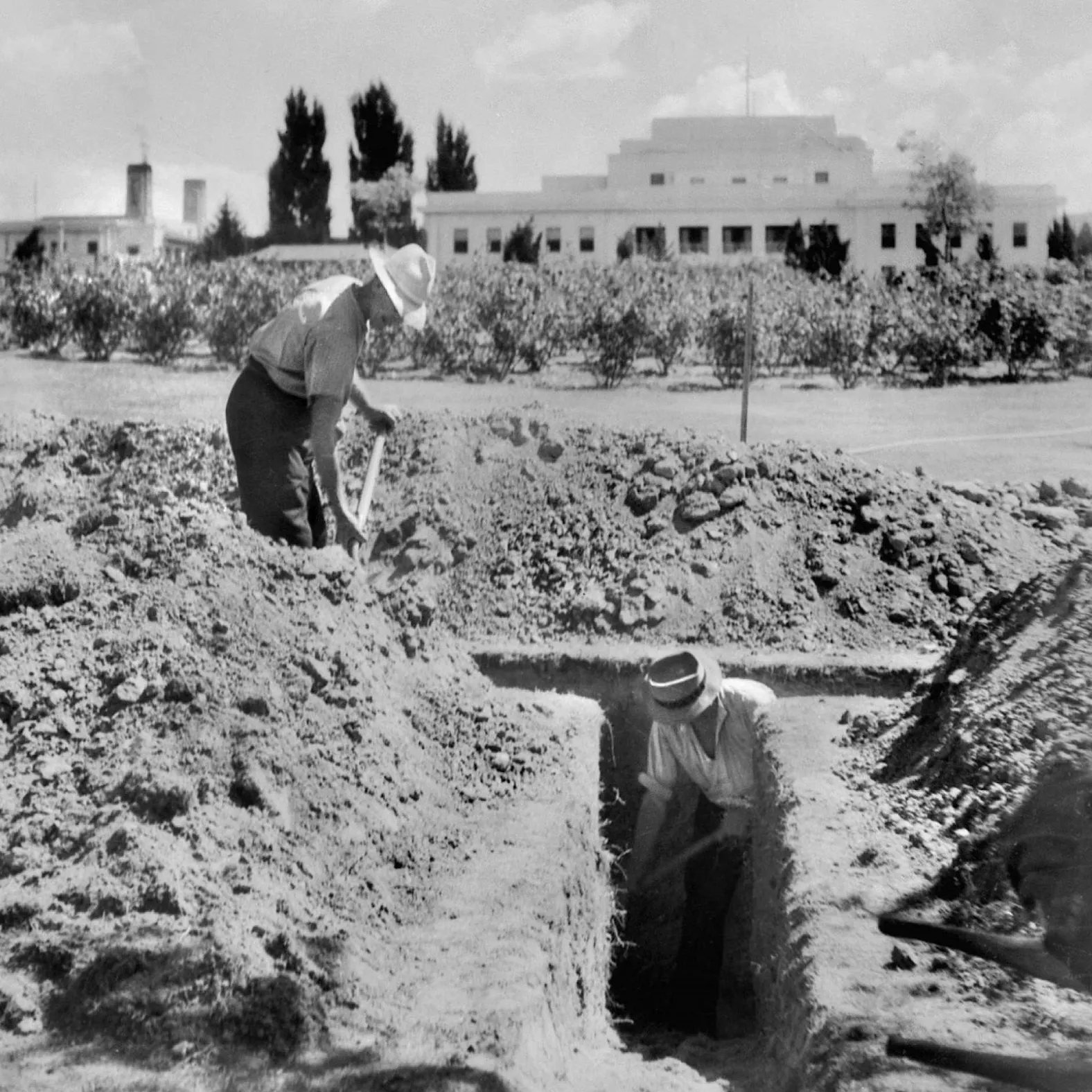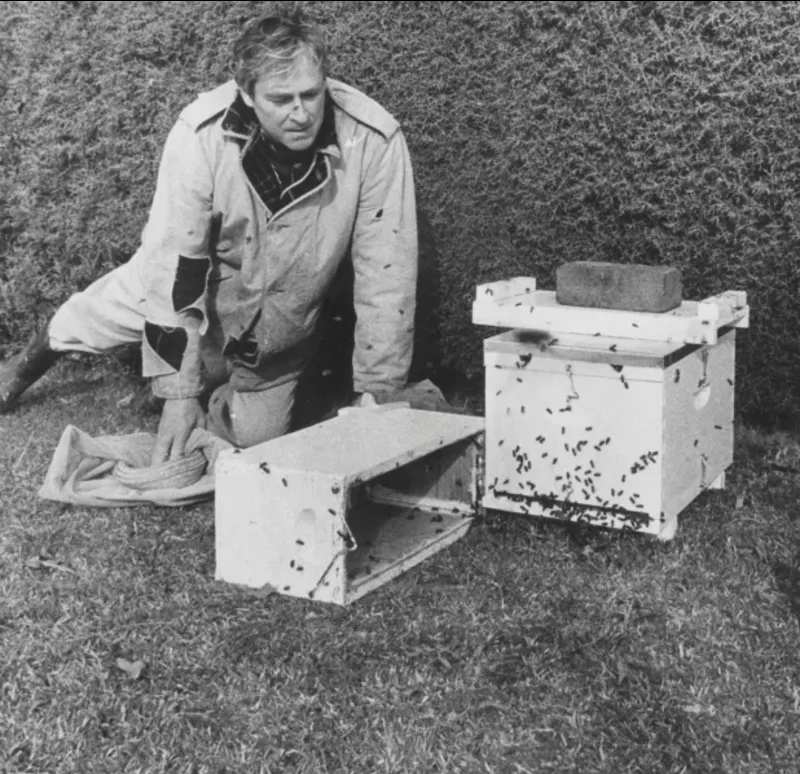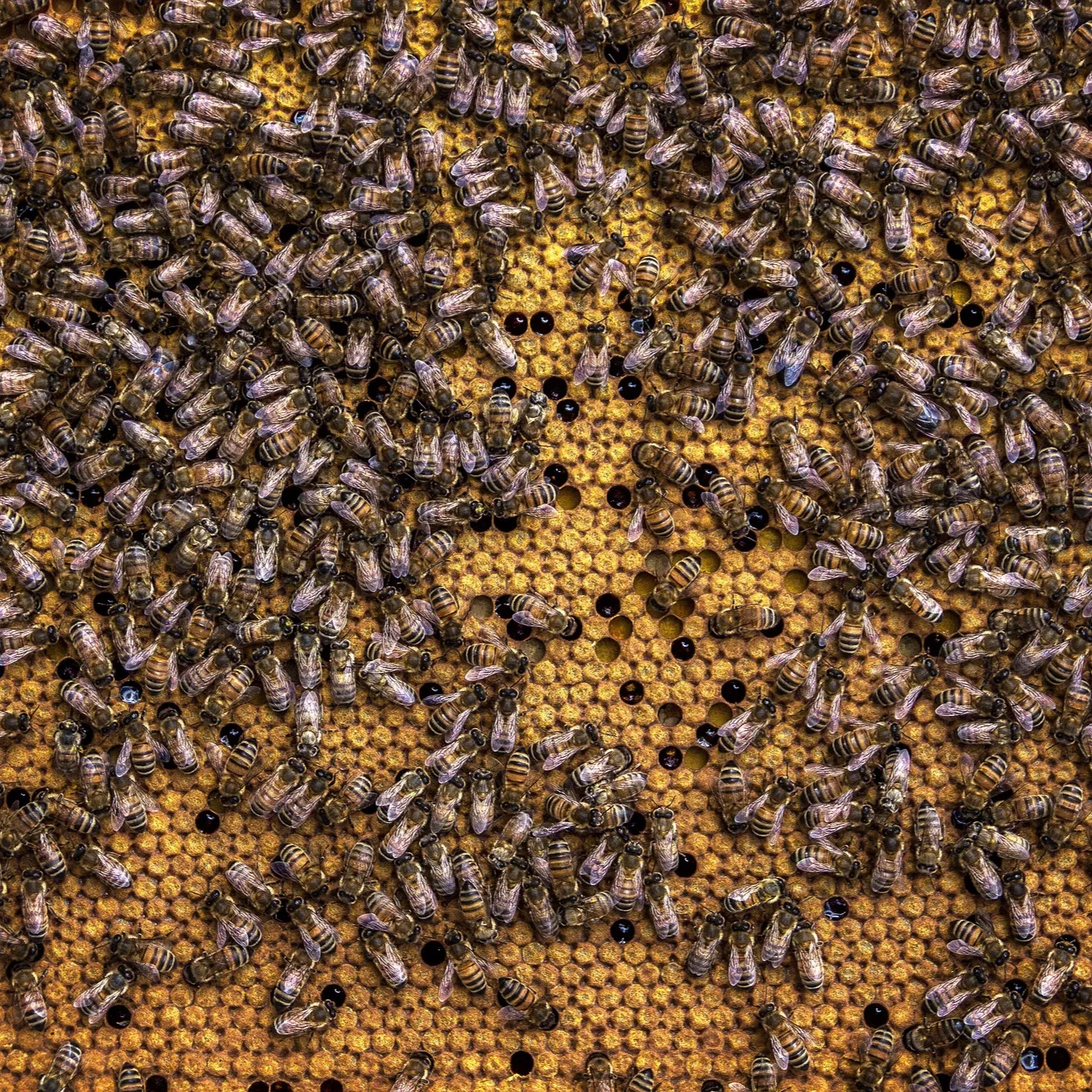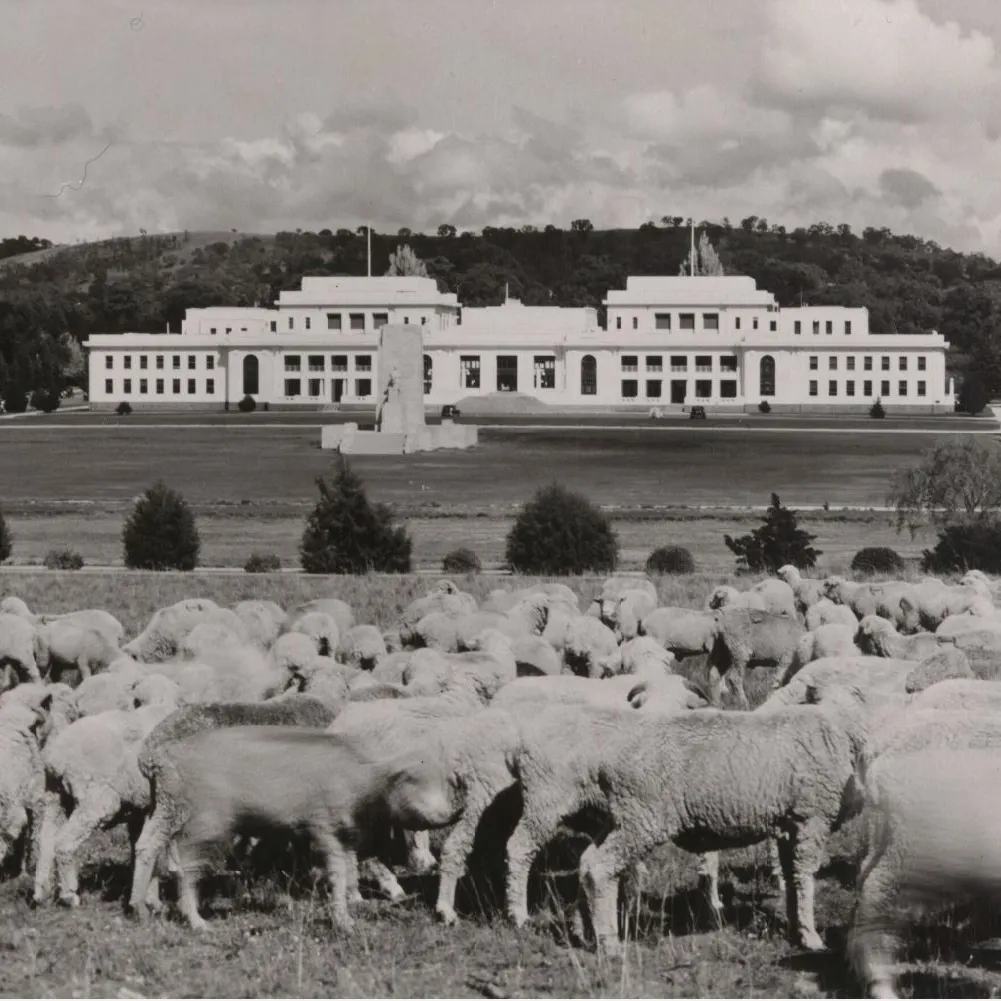The Gardens were established in the 1930s and since that time have seen many comings and goings, some planned and some not. As Canberra emerges from winter into spring, it is a great time to reflect on some of the lesser known things about these beautiful historic gardens, including some of their temporary occupants.
Plants that come and go
Some of the plants in the Parliamentary Gardens were only there for a short while, but this was not always by design. While many flowers were cut from the Gardens to decorate public spaces and offices in Parliament House, other plants seemingly developed legs of their own and left. Oral histories from the gardeners recount several thefts. A list of the plants that were stolen included a bed of carnations, a rose, and cabbages – although the thieves graciously chose to leave the gardeners’ tools behind. Animal thieves, particularly hares, were also reported. A report in The Canberra Times in 1932 described this as ‘the nightly depredations of stealthy marauders’. It noted that the gardeners felt defeated by the hares, who had evaded all attempts to stop their trail of destruction.
Trenches and Garden Armies
While marauding hares brought destruction to the Gardens in the 1930s, even greater threats came during the 1940s as a result of World War II. With the advance of Japanese forces in the Pacific, the threat of an air raid over Canberra was a very real issue for political consideration. Parliament House was considered a prime target, so measures were taken to ensure the safety of the politicians and staff in the building.
Trenches were dug in the Gardens for people to hide in if a raid occurred. It was even proposed that Parliament House be repainted from its familiar white to more earthy shades of brown and green, to allow it to be better camouflaged in its garden surroundings, although this never eventuated. Responding to wartime imperatives, a ‘Garden Army’ was also formed. The Canberra Garden Army formed in 1942 to overcome the shortage of fresh vegetables. They sought to better educate Canberrans on gardening and vegetable growing, and were given permission to grow their vegetables in the Parliamentary Gardens, with a reciprocal arrangement that they would provide extra veggies to Parliament House when needed. With the end of the war, and the attendant threat of air raids, these measures were no longer necessary. Trenches were refilled, vegetable patches replaced with flowers, and Old Parliament House retains its bright white coat of paint to this day.










